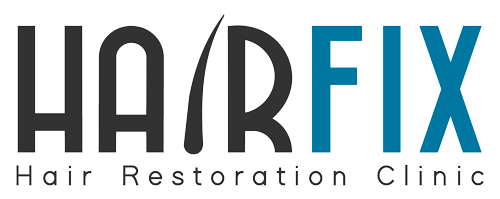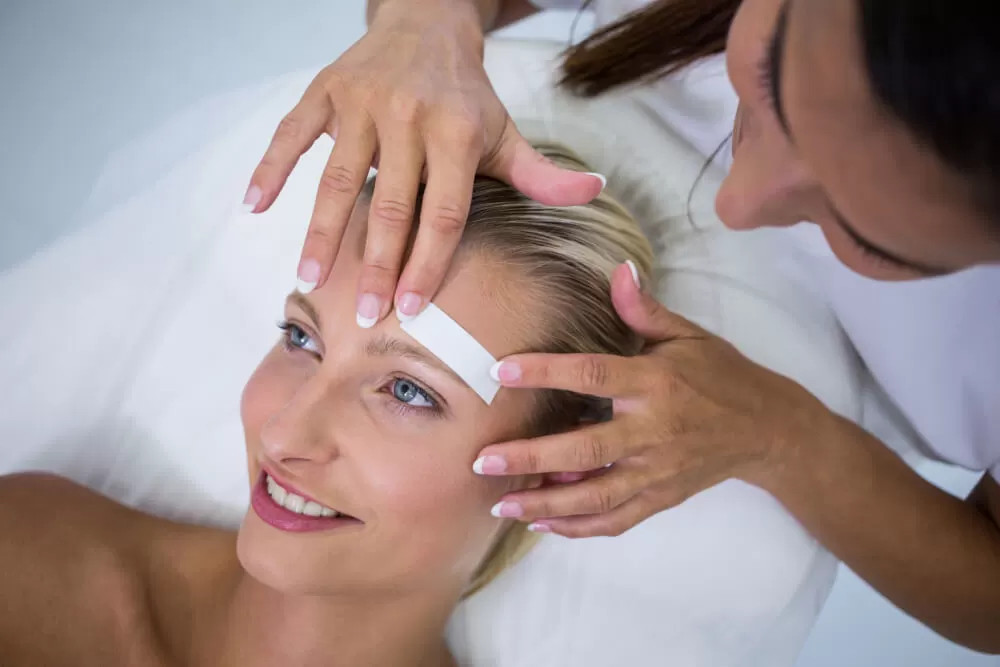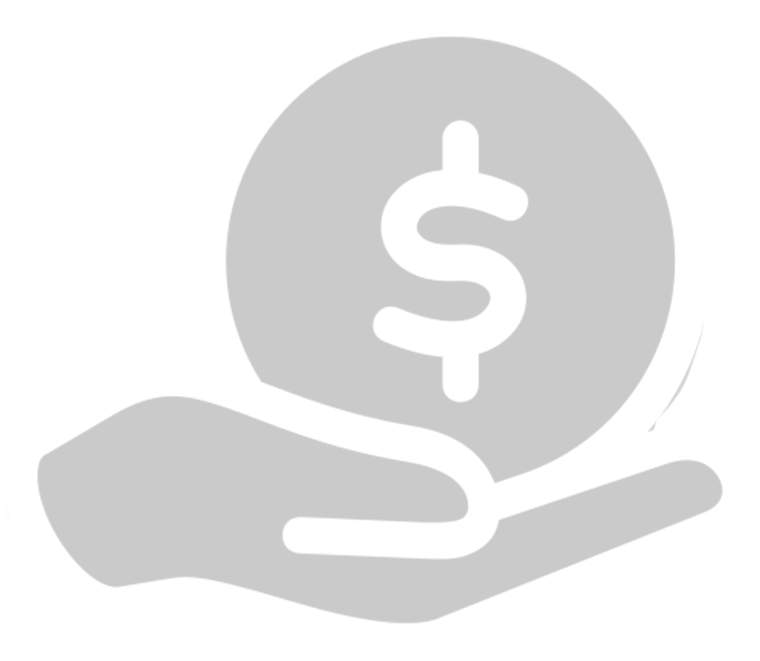Fashion trends are always changing—and some can be quite extreme. One of the most dramatic trends from the 1990s and early 2000s was ultra-thin, overly plucked eyebrows, often reduced to skinny lines spaced far apart. Now that the beauty standard has shifted to natural, full, and slightly messy brows, thousands of women are left asking themselves, “Why did I overpluck my eyebrows?”—usually with a facepalm—especially when they realize their brows never grew back.
❓ But can overplucking actually cause eyebrow hair loss? And is there any way to restore their natural look? Let’s break it down.
Tabla de Contenidos
🧬 What Causes Eyebrow Hair Loss?
Losing eyebrow hair can be linked to various causes and types of alopecia. Some of the most common include:
- Thyroid disorders, especially hypothyroidism, where the thyroid stops producing hormones at optimal levels. This disrupts the hair growth cycle—including that of the eyebrows. A telltale sign of hypothyroidism is thinning in the outer third of the brow.
- Autoimmune diseases. Conditions like alopecia areata mistakenly attack hair follicles, causing patchy hair loss. This can leave round bald spots in your brows.
- Cancer treatments like chemotherapy or radiation. While these therapies are vital to fight cancer, they often lead to widespread hair loss, including eyebrows.
- Excessive stress. Emotional or physical stress can trigger telogen effluvium, a condition that accelerates hair shedding. In some cases, anxiety is also linked to alopecia areata.
- Trichotillomania. A behavioral condition marked by a compulsive urge to pull out hair from the scalp, eyelashes, or eyebrows. Over time, this can cause lasting damage to the follicles.
- Trauma or injury. A cut or scar on the brow area can destroy hair follicles and prevent regrowth.
- Frontal fibrosing alopecia. This condition typically affects postmenopausal women and causes hair loss on the front and sides of the scalp—as well as in the eyebrows.
- Skin conditions. Several dermatological disorders can affect the brows. Lupus, seborrheic dermatitis, psoriasis, and scarring alopecia can all damage follicles and inhibit regrowth.
- Aging. As we age, hair follicles slow down. This can cause brow hairs to thin, become weaker, or stop growing entirely.
🔍 What Happens When You Overpluck Your Brows?
Whether you’re using tweezers, wax, or threading, overplucking can cause both short- and long-term damage, including:
Changes to Your Natural Brow Shape
When you reshape your brows to make them thinner, shorter, or to create a high arch, it can alter your facial harmony. A poorly designed brow can throw off your facial balance and, over time, may make your eyes look puffy or your face appear older than it is.
Overly thin brows can also make you look permanently surprised—and not in a good way.
Damage to Hair Follicles
Consistent, aggressive plucking can lead to traction alopecia, similar to what’s seen in trichotillomania. Repeated trauma weakens the hair follicle—the structure from which the hair grows. In the long run, this can stop hair from growing back normally.
Sometimes hair continues to grow but does so more slowly or in the wrong direction, which can leave your brows looking uneven and out of sync with your features.
Ingrown Eyebrows
Using incorrect brow-plucking techniques—like removing hairs against the direction of growth—can lead to ingrown hairs. These grow underneath the skin and cause painful, red bumps.
The skin around your brows is thinner and more sensitive than other parts of your face, making it more prone to irritation. If you use harsh techniques, you may experience redness, swelling, and ingrown hairs.
In more severe cases, a buildup of sweat and makeup can lead to infection—a troublesome (and very visible) problem near your eyes.
⚠️ Can Overplucking Cause Permanent Damage?
Yes, overplucking can cause permanent damage to the hair follicle due to the repeated trauma of pulling hairs out. In some cases, small scars may develop from constant plucking or severe ingrown hairs. These scars can permanently block regrowth in that area.
Even without visible scars, damaged follicles might be too weak to regrow hair, leaving behind bald patches and a permanent surprised expression.
However, if you use the right technique and give your brows time to rest and recover, you can significantly reduce the risk of permanent damage. Plucking daily or using aggressive methods like waxing, on the other hand, increases the chances of long-term harm.
💡 How to Treat Eyebrow Hair Loss from Overplucking
If your brows look thinner, feel different, or have stopped growing, there are several options to help reverse the damage:
- Stop Plucking Immediately
It might seem obvious, but many people keep plucking despite noticing changes. Take a break for at least two months to give your follicles time to recover and regrow hair.
- Cosmetic Treatments
There are various cosmetic options that can boost blood circulation to the brows and stimulate follicle activity. Natural oils like castor, coconut, or sweet almond oil—as well as serums containing botanical extracts, biotin, or collagen—can help thicken brows and promote growth.
- Gentle Massage
Massaging your eyebrows gently with your fingertips can also increase blood flow to the area, encouraging hair regrowth.
- Talk to a Medical Professional
If home remedies don’t seem to work, it’s time to consult a specialist. A dermatologist—preferably one who specializes in trichology—can recommend professional treatments such as:
- Minoxidil. A medication commonly used to treat hair loss on the scalp, but which can also be applied to eyebrows under medical supervision.
- Mesotherapy. A minimally invasive procedure where microinjections of vitamins and nutrients are delivered to the brow area to improve density and stimulate regrowth.
- Eyebrow transplant. This is the most effective and permanent solution. It involves transplanting hair follicles into the eyebrow area to fill bald spots, improve brow shape, and restore a natural appearance.
⏳ How Long Do Eyebrows Take to Grow Back?
Like scalp hair, eyebrows go through a growth cycle, though it tends to be shorter:
- Anagen (Growth) Phase: 1 to 4 months. This is when hair grows rapidly and when overplucking is most tempting.
- Catagen (Transition) Phase: 1 to 2 weeks. Hair stops growing and follicles begin to shrink.
- Telogen (Resting) Phase: 1 to 3 months. This is when eyebrow hairs fall out. Avoid plucking during this time—even if your brows look sparse—so your natural growth cycle can reset.
Taking this cycle into account, it could take anywhere from three to six months—or longer—to fully restore your eyebrows’ original density. That’s why it’s essential to give your brows a break between grooming sessions to allow for proper regrowth.






